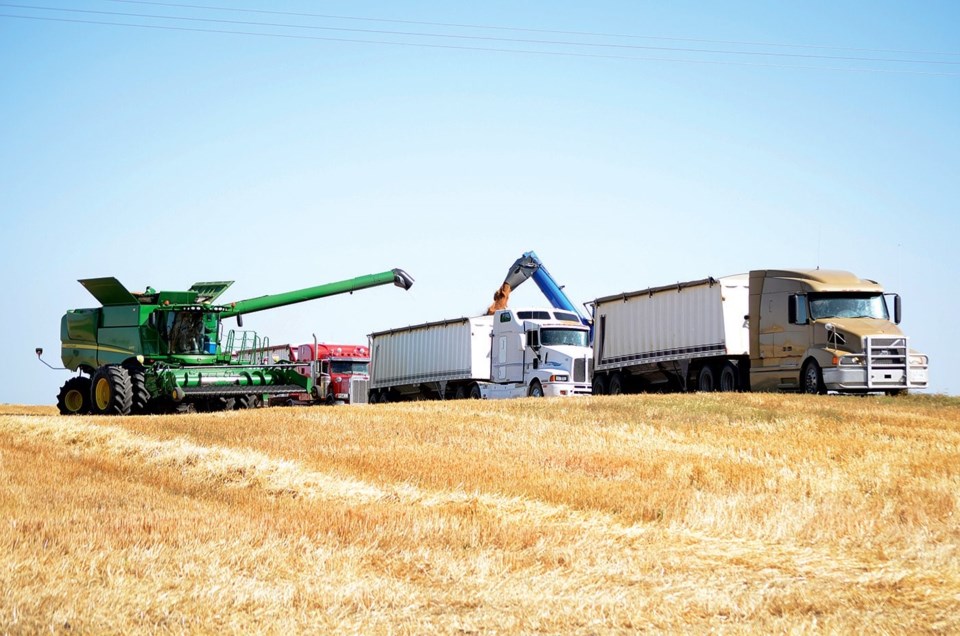The wet fall last year and Covid-19 complications haven’t impacted two Canadian Foodgrains Bank growing projects in the area—the Harvest of Hope near Moosomin, Saskatchewan and the Cross-Borders Growing Project near Kola, Manitoba
Kyle Penner is very optimistic about this year’s Harvest of Hope at Moosomin, one of the many growing projects that grow grains and oilseeds for the Canadian Foodgrains Bank. This year the Moosomin farmers involved with Harvest of Hope are planting Canola. Penner has been involved with the Harvest of Hope since it began in 2013.
“The seed is in the ground, the plants are all sprouted and everything is running as per normal.” says Penner before going on to explain that the project has not lost any ground due to the pandemic. Using some new measures like electronic banking and social distancing when it came to picking up seed, has ensured that the Harvest of Hope is going ahead. Not even last Fall’s wet weather could keep the Harvest of Hope down.
“The excess moisture in the ground has helped to sustain and get the canola we planted off to a good start.” Penner explains.
Penner’s optimism is shared by Canadian Foodgrains Bank’s Regional Coordinator for Manitoba, Gordon Janzen where the Kola’s Cross Borders Growing Project has been going strong for decades. However, he did stress that the need for food around the world has increased.
“Growing projects and especially the support from rural communities are still going strong and we have not really slowed down any of our overseas programs, but the need is actually increasing.” says Janzen.
He explains that due to the downsizing of economies around the world, the World Health Organization and others have predicted a steep increase in acutely hungry people.
The problem might seem insurmountable, but Janzen is hopeful that the Canadian Foodgrains Bank will meet or succeed the aid they gave in the previous years.
“Our supporters have been strong so we are hoping to be as robust as in previous years”.
The Canadian Foodgrains Bank is made up of 15 church development agencies and operates growing volunteers across the country.
The Canadian government which matches all donations made to the Canadian Foodgrains Bank up and including $25 million a year, will do so this year again, but the multi-year agreement between the Foodgrains Bank is coming to and end.
“We are hoping and expecting that the arrangement will be renewed for another multi-year period. The government and Foodgrains Bank are talking about it, but nothing has not been decided yet.” says Janzen.
It is summer and some restrictions have been lifted, however no one can predict what will be happening when it comes time to harvest.
“I guess fall will be an interesting time that is usually when we see people come together.” says Penner.
For now, everyone involved seems to be optimistic about this year and with support from the government, farmers and rural communities still going strong, Canadian Foodgrains Bank believe they will be able to help just as they have in the past.

